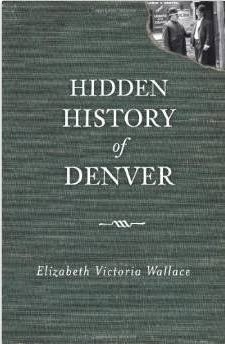Is it possible to play all three sports? Having played squash at the local club in Essex, England for many years–my family was transferred to Kansas City, Missouri. At that time, there were only two squash courts located at the Kansas City Men’s Club, and women players were not encouraged to play. After twenty plus years of racquetball, and several years of tennis, I decided to try squash again. Is it even possible to return after such a long time? Would all those bad habits return? Who knows - but I'm trying!
Lifetime Fitness in Parker, Colorado has two racquetball courts, and two squash courts. The club offers excellent programs and league play. There are professional instructors for both sports. For more information go to: www.lifetimefitness.com/FreeFitnessPack Since I’m interested in history…following is a thumbnail sketch of racquet sports in the U.K. and U.S.
The game of squash appears to have developed from possibly five other sports wherein one or more players hit a ball against a wall with their bare hands. In the 12th century, monks used a kind of webbed glove to hit a hard ball against the walls in the monasteries (similar to handball.) During the centuries to come, a racquet and net were introduced and the game of tennis evolved. King Henry VIII was known to be an excellent player, as was King Charles II of England. The game of tennis was called “The Game of Kings.” Almost 100 years later, King Charles (1660) wrote a letter to a family member wherein he stated that he “played some tennis this morning after breakfast…”
During the late 19th century, a game called “racquets” (or rackets) was played in the courtyards of prisons in England and most likely in prisons all over Europe. An early sketch of a London debtor’s prison depicts two men, racquets in hand hitting a ball against a prison wall.
The equipment for racquet sports has changed over the years. My first squash racquet was a “Lady Grey” given to me by Barbara Sanderson, now world champion in her age bracket. Barbara received many such racquets as prizes, and graciously gave me one to get started. That racquet was made out of laminated timber or carbon-based materials. Today, the racquets are a different shape and they are lighter in weight. Manufacturers use a combination of materials.
Eventually, the sport of squash spread to America and Canada, and eventually around the globe. No reference to squash can be made without mentioning the Khan dynasty. Just recently, I had the pleasure of taking a clinic with Salim Khan at the Lifetime Fitness Club in Parker, Colorado. “Sam” as he is known to the players described his father’s life, and how he attained the title of world champion. “My father was once a ball boy for the British squash players in Pakistan. He was fascinated by watching the men play, their stance, and the way the ball bounced off the floor and walls. Eventually, he began playing himself and was a mature man when he was asked to represent Pakistan in the world championship. He was very nervous, and lost the first few points, but then rallied and dived to get a shot between his opponent's legs. After that, he didn't lose one point and beat the Englishman to become world champion. He trained others in the sport, mostly in our immediate family, and began a dynasty that would last for many years.”











































